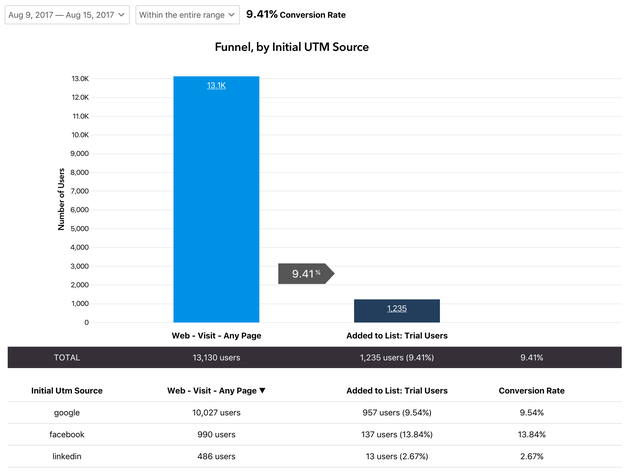Autopilot: Heap
About the stream
This activity stream brings Journey data, email activity, and more into Heap.
You can also trigger Journeys using Heap events. Learn more here.
How to enable the stream
In Heap, visit the Autopilot source and click "Connect" in the top right of the page. You will then be prompted to specify an email user property if you haven't set one up already for your selected environment. The selected user property needs to be the user property associated with your users' email addresses as this is the property Autopilot uses when sending Heap data about your users. If you need assistance with this step we recommend contacting Heap's support team before moving to the next step.
In Autopilot, go to the Heap Activity Stream in Settings:
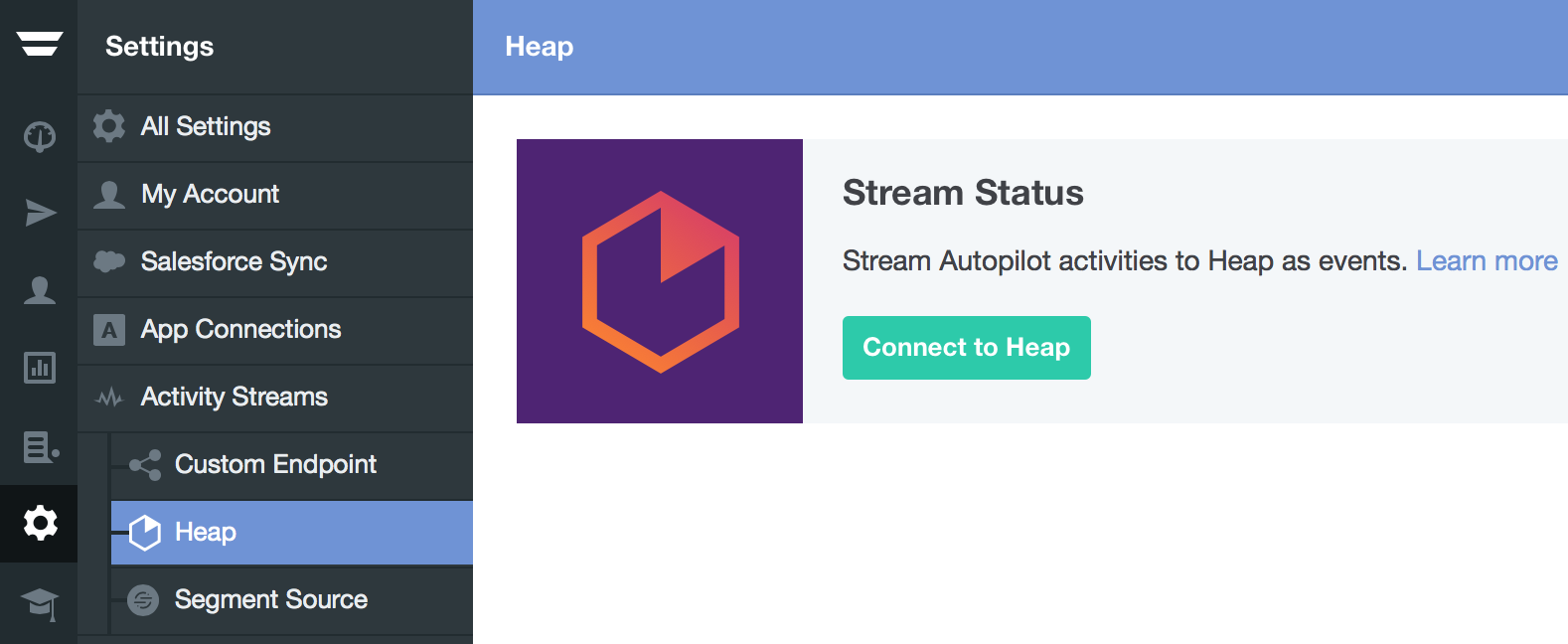
Click "Connect to Heap". You will then be asked for your Heap Environment ID which can be found in Heap's settings under the "Projects" tab:
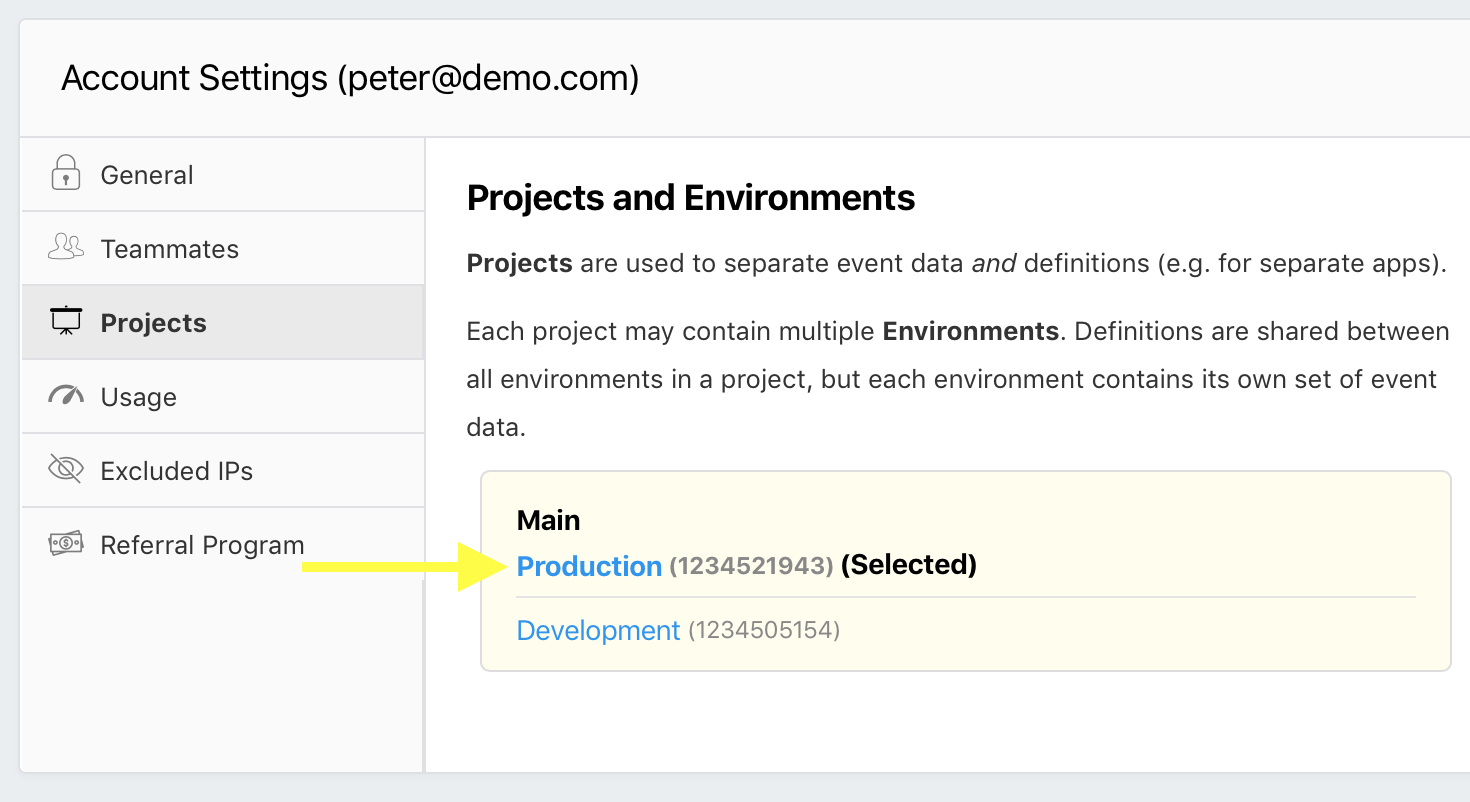
The source connection page in Heap will say "Waiting For Data" until the first event data from Autopilot is seen by Heap, at which point the connection status will change to "Connected".
What activities are streamed to Heap?
- Email sent
- Email opened
- Email clicked
- Email replied
- Email unsubscribed
- Email bounced
- Email deferred
- Email reported spam
- Transactional email sent
- Transactional email opened
- Transactional email clicked
- Transactional email replied
- Transactional email unsubscribed
- Transactional email bounced
- Transactional email deferred
- Transactional email reported spam
Headsup
- Headsup shown
- Headsup opened
- Headsup responded
- Headsup dismissed
Postcards
- Postcard sent
SMS
- SMS sent
Lists and Segments
Added to list
- Removed from list
- Entered smart segment
- Left smart segment
Journeys
- Entered journey
- Ejected from journey
Insights
- Converted
How do I define an activity in Heap?
In Heap (which refers to activities as "Events"), go to the Events tab, and then follow the steps below:
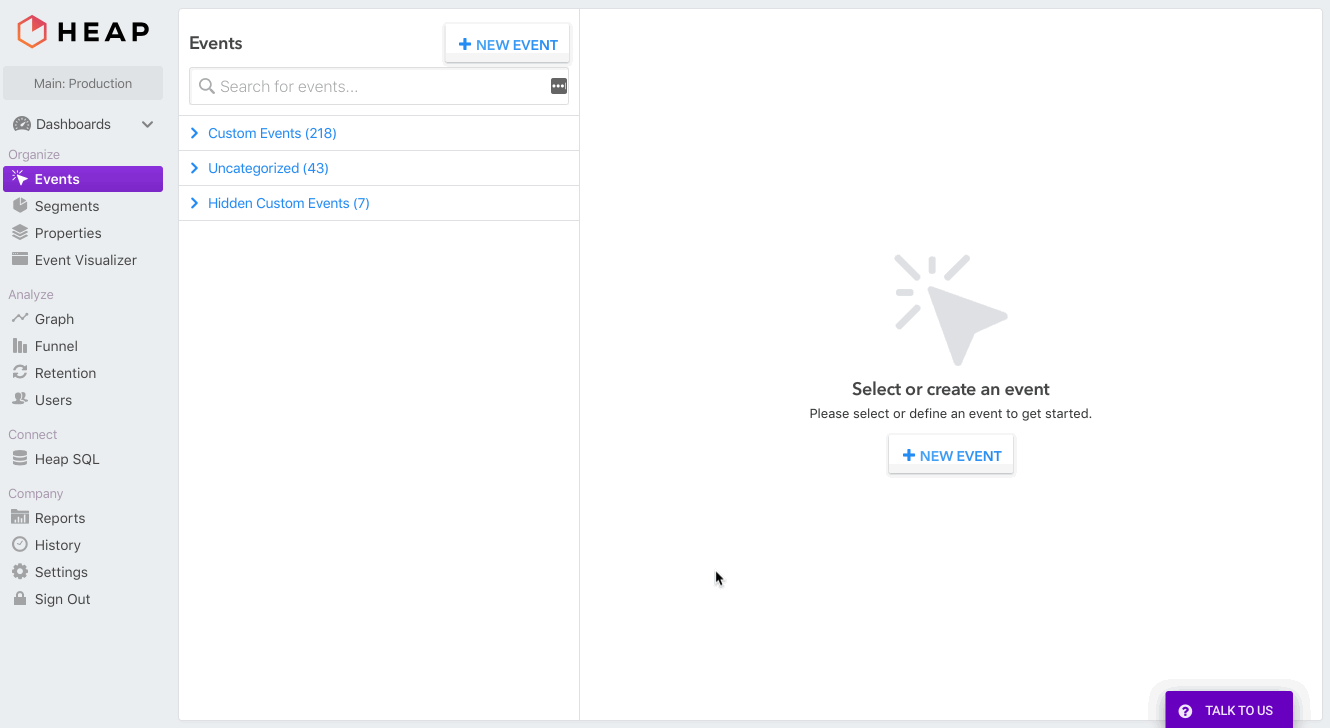
If you wish to do so, you can then filter by any of the following properties:
- Actor Id: identifier for the person or thing performing the activity. Currently supports contacts only.
- Actor Type: type of actor performing the activity. Currently supports contacts only.
- Journey Id: ID of the Journey within which the activity took place.
- Journey Name: name of the Journey within which the activity took place.
- Journey Touches to Date: number of times the actor has been communicated with.
- Journey Delta: time difference between the activity occurring and the actor originally entering the Journey.
- Shape Id: ID of the Journey shape being acted on.
- Object Id: ID of the object being acted on.
- Object Name: name of the object being acted on.
- Object Type: type of object being acted on, for example an email or Journey.
- Object Subject: subject line of an email object being acted on.
- Is Touch: whether or not the object is a communication.
- URL: optional URL associated with the activity. Currently supports email only.
- Goal Id: ID of the Insights goal within which the activity took place.
- Goal Name: name of the Insights goal within which the activity took place.
- Ingest time: time the activity was ingested.
- Attributed Activity: ID of the activity that is attributed to the current activity.
- Attributed Activity Timestamp: time the Attributed Activity occurred.
- Attribution Delta: time difference between the Attributed Activity and the current activity.
For example, you could define an event based on who opened a specific email by filtering on the "Object Name" property, as demonstrated below:
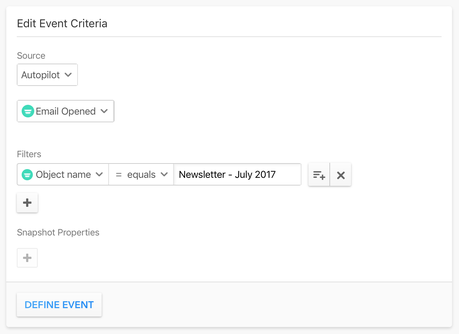
You could use this same approach to define an event for when a contact is added to a specific list:
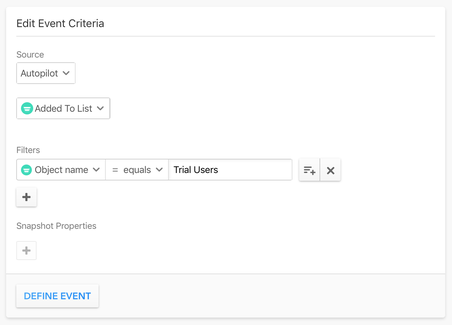
If you'd like to create an event based on a specific Journey, filter on the "Journey Name" property. For example, here's how you could define an event based on who entered a specific Journey:
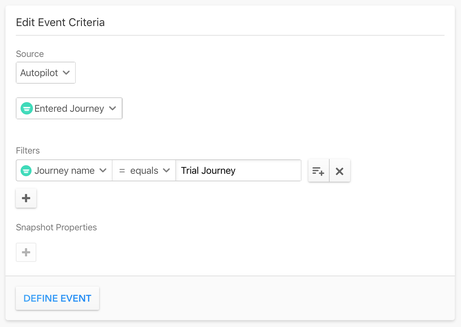
You can then graph these events in Heap, or use them as the basis of funnels or segments.
Example Use Cases
Below are some example use cases that utilize Heap's funnel feature. By selecting "Group By" and then selecting a relevant property, Heap allows you to compare the performance of the funnel across a series of objects (for example, emails or Journeys).
Which journeys have the biggest impact on paid conversions?
This funnel:
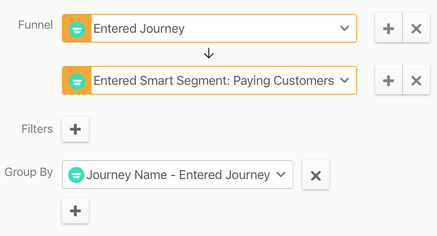
Will produce the following output:
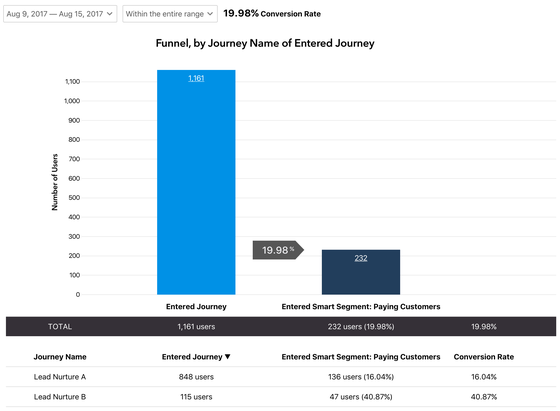
What email content has the biggest impact on paid conversions?
This criteria:
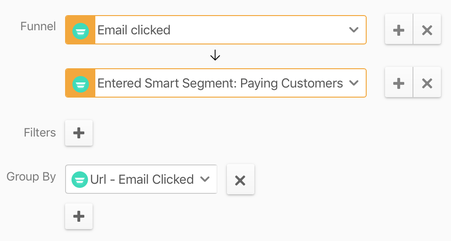
Will produce this funnel:
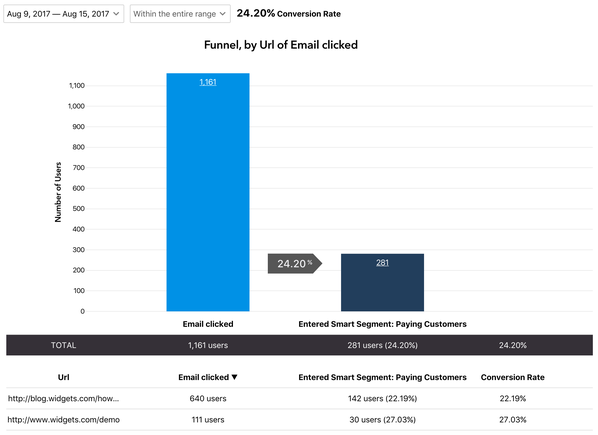
Which initial UTM sources drive the most new leads?
This criteria:

Will produce this funnel:
